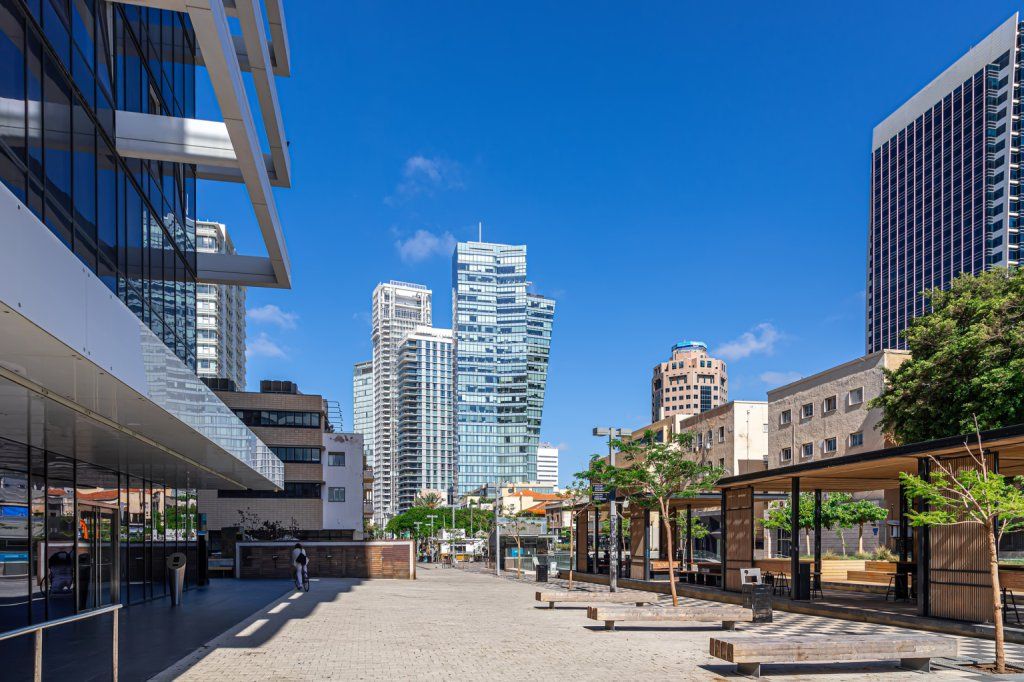A Distressed CRE Market that Never Happened

Distress was supposed to arrive at commercial real estate’s door in 2021, but it never materialized. Research by Real Capital Analytics (RCA) shows there were low levels of troubled CRE assets that hit the market, despite the dire predictions and investors’ expectations that 2021 would produce opportunities to buy properties at steep discounts.
RCA economist Jim Costello writes, “The Covid-19 crisis led to a flurry of fund announcements where investors planned to use the distressed investment playbook that worked so well after the Global Financial Crisis (GFC). These fund managers raised money on a mistaken belief that this downturn would be the same as the last. To date, distressed asset sales have been minimal as the nature of the crisis was uniquely different from previous downturns.”
RCA reports that distressed asset sales were limited in 2021, even as the year moved into its waning weeks. In fact, they represented a smaller share of the market than at the same point after the onset of the GFC. Six quarters after the GFC crisis started in December of 2007, distressed asset sales already accounted for 7% of the market, eventually peaking at a 20% share of the total. By comparison, RCA notes as of Q3 2021, about the same timeframe after the GFC commenced, distressed sales represented less than 1% of total sales.
In Q4 2010, distressed sales activity edged up to nearly $14 billion, accounting for roughly 20% of total sales, according to research by RCA. Through Q3 2021, distressed sales only accounted for about $2 billion worth of assets, roughly 1% of total sales.
To be fair, the current crisis arrived differently than the GFC since it presented as a shock to the real economy. By comparison, the earlier challenge was a shock to the financial market. Still, investors, financial market regulators and the government reacted swiftly to bolster the economy when the pandemic first arrived by enacting stimulus in the form of the CARES Act. Those actions helped ease the fears of Americans and stabilized the anxieties across financial markets by continuing a flow of capital to debt markets. It provided debt to the market, which in turn stemmed distressed sales simply because owners were rarely forced to unload a property because it was still producing cash flow. The difference compared to the aftermath from the GFC is that in the earlier crisis assets with cash flow were unable to be refinanced, even at healthy LFV ratios.
Still, RCA’s Costello notes, commercial real estate properties are not all likely to escape unscathed from the current clouds of the pandemic economy. There are fundamental changes emerging across the asset classes that are expected to shape the structure of the office work environment, impact consumer behaviors, disrupt the flow of goods across the supply chain, and bring changes to the travel sector. Those factors will add up to adjustments in income expectations at the property level that need to be accounted for in performance metrics.
It will take an extended period of time for all of those shifts to occur too, thus how they all play out and who the winners and losers are will also not be known for years. The majority of CRE assets and markets remain healthy, but avoiding distress may not be unavoidable for some, especially those already in trouble before the pandemic arrived. For the time being, RCA says a well-functioning debt market appears to have ensured that assets which are better positioned to survive economic changes may avoid distress, thus the market could escape going through the dramatic foreclosures seen more than a decade ago.
A Trusted Guide in Commercial Real Estate
Coldwell Banker Commercial® provides Commercial Real Estate Services from Property Sales and Leases, to Property Management. Learn how our expansive network of Independently Owned and Operated Affiliates and Real Estate Professionals use their in-depth knowledge of the local market and industry trends to help businesses and investors navigate the complexities of the commercial real estate landscape.






